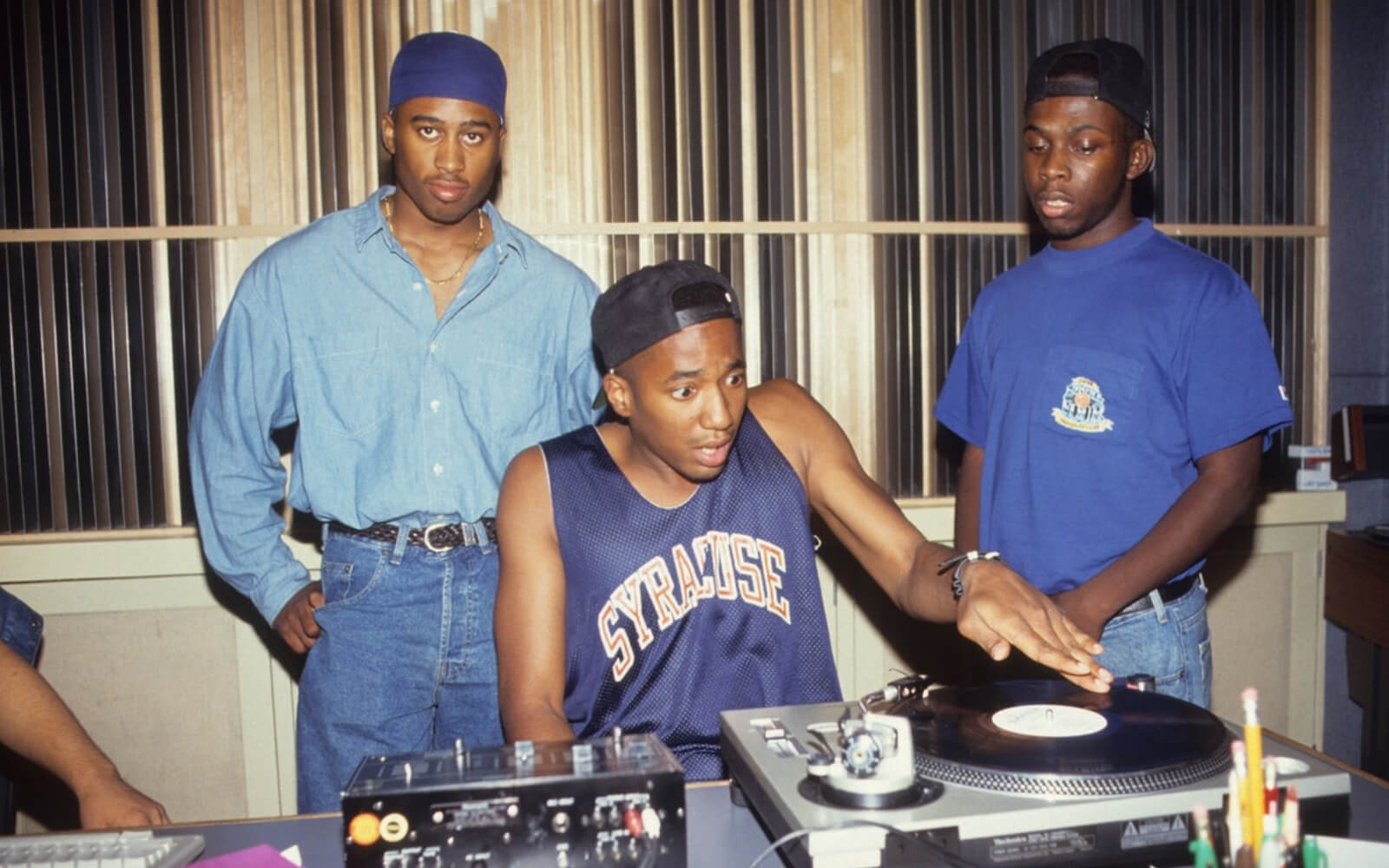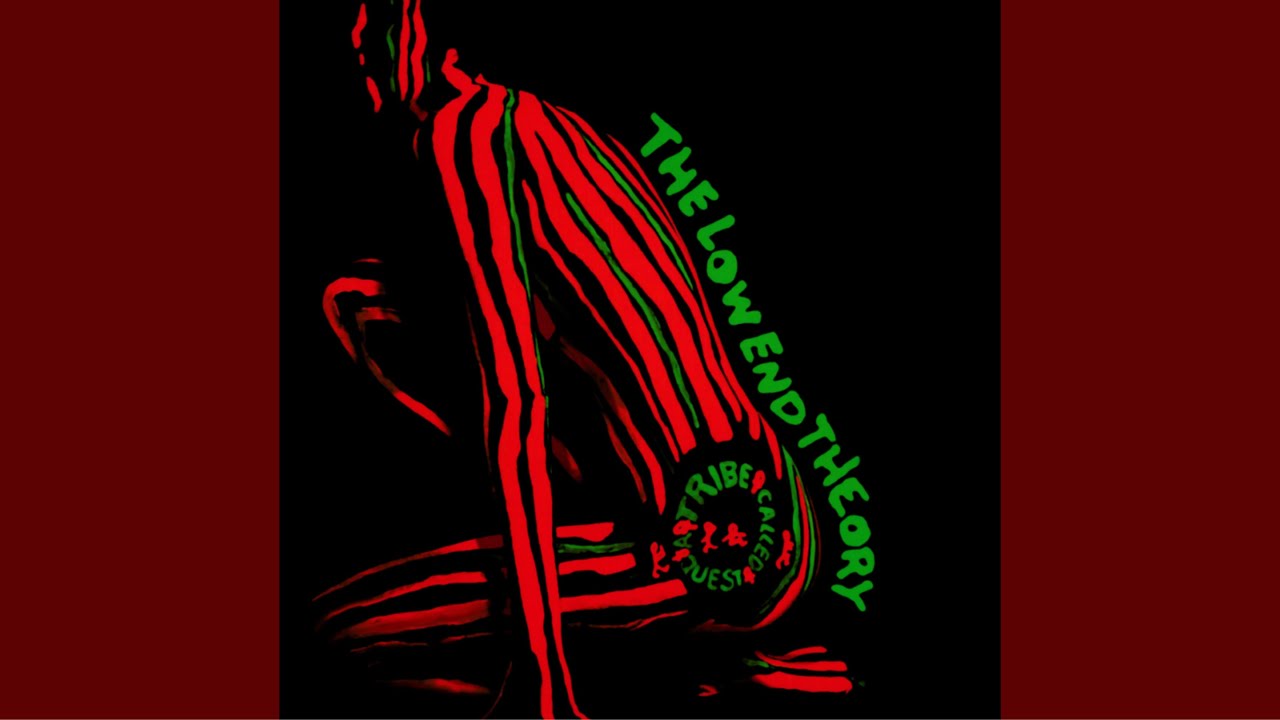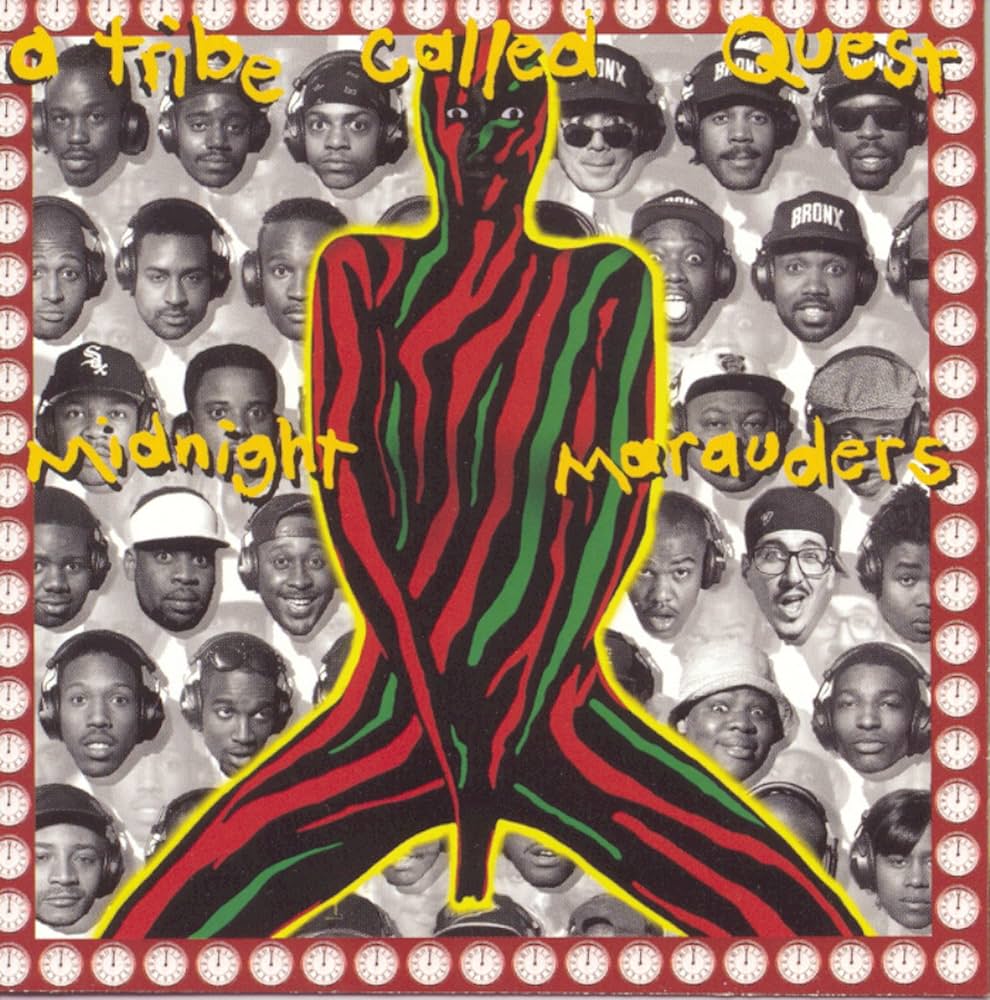A Tribe Called Quest, an influential hip-hop group formed in the late 1980s, has left an indelible mark on the music industry with their groundbreaking approach to the genre. Known for their innovative fusion of jazz, funk, and thoughtful lyricism, the group played a pivotal role in shaping the direction of hip-hop. Their unique sound, characterized by smooth jazz samples, complex rhythms, and socially conscious lyrics, set them apart from their contemporaries and redefined the genre. Through their influential albums and memorable tracks, A Tribe Called Quest pushed the boundaries of hip-hop, blending introspective content with cutting-edge production. This article delves into the origins of the group, their distinctive musical style, key achievements that highlight their impact, and the enduring legacy they have left on both the music industry and hip-hop culture. Their contributions continue to inspire new generations and cement their place in music history.
Origins and Formation

A Tribe Called Quest was formed in 1985 in Queens, New York, by the talented members Q-Tip (Kamaal Ibn John Fareed), Phife Dawg (Malik Taylor), Ali Shaheed Muhammad, and Jarobi White. The group came together through a shared passion for hip-hop and a collective ambition to push the genre’s boundaries. From the outset, they were influenced by a rich blend of jazz, funk, and soul, which would later become key components of their distinct sound. This eclectic mix set them apart in a burgeoning hip-hop scene, allowing them to create music that was both innovative and reflective of their diverse influences. Their early work laid the groundwork for a career that would challenge conventions and redefine the possibilities within hip-hop, making a lasting impact on the genre’s evolution.
Musical Style and Influence

A Tribe Called Quest is renowned for their unique musical style, characterized by a fusion of jazz samples, complex rhythms, and socially conscious lyrics. Their innovative approach to production set them apart from their peers, as they blended laid-back beats with intellectually engaging content. Tracks like “Can I Kick It?” and “Jazz (We’ve Got)” exemplify their ability to seamlessly merge genres and create a sound that was both fresh and nostalgic.
Key Albums
- “People’s Instinctive Travels and the Paths of Rhythm” (1990): This debut album introduced their signature sound and included hits like “Scenario” and “I Left My Wallet in El Segundo.”
- “The Low End Theory” (1991): Considered one of their masterpieces, this album features classics such as “Vibrant Thing” and “Buggin’ Out.”
- “Midnight Marauders” (1993): Another critical success, this album includes tracks like “Award Tour” and “Electric Relaxation,” further solidifying their place in hip-hop history.
- “Beats, Rhymes and Life” (1996): This album marked a shift in their sound but continued to showcase their lyrical prowess and innovative production.
Key Achievements

A Tribe Called Quest’s impact on hip-hop is immeasurable. They are credited with pioneering the use of jazz samples in hip-hop, influencing countless artists across genres. Their albums received critical acclaim, with “The Low End Theory” and “Midnight Marauders” frequently cited as among the greatest hip-hop albums of all time. Despite facing challenges and lineup changes, including the passing of Phife Dawg in 2016, the group has maintained a significant influence on the genre.
A Tribe Called Quest remains a seminal force in hip-hop, celebrated for their innovative sound, insightful lyrics, and enduring influence. Their pioneering fusion of jazz with hip-hop not only shaped the genre’s development but also redefined its creative possibilities. Their groundbreaking work has left an indelible mark on music and culture, inspiring countless fans and artists alike. Through their unique approach to production and their socially conscious messages, A Tribe Called Quest has maintained a lasting legacy. Their contributions continue to resonate, ensuring their place in the annals of music history as true innovators and trailblazers in the world of hip-hop. Their impact endures, highlighting their role as key architects in the evolution of the genre.
